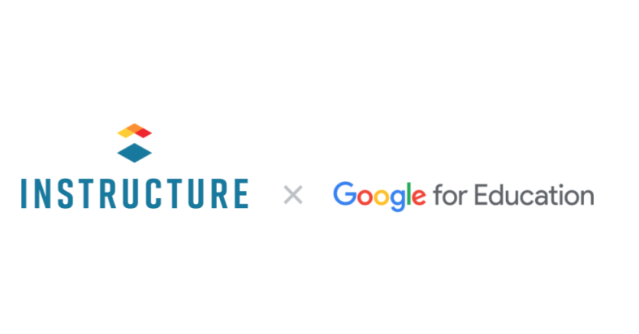
As educators settle into another school year, generative AI continues to impact classrooms everywhere. The conversation surrounding best practices, fostering digital citizenship, and being proactive with AI is ongoing. We continue to advocate for an AI approach that is intentional, secure, and human-driven.
“Used correctly, this transformative technology can elevate student success, empower educators, and enhance the ways we teach and learn. When implemented with an intentional, secure, and human-driven approach, generative AI has the power to save educators time and promote impactful learning experiences for all.” - Ryan Lufkin, VP of Global Strategy at Instructure.
Educator voice is at the heart of these recommendations. Every month brings new developments with AI, so to stay ahead of the learning curve, we recently surveyed educators and students on how they view generative AI. We found that sentiment is primarily positive, with 54.5% of teachers, students, and administrators feeling positive about the technology. This is a testament to the potential that AI holds in the classroom.
Clarity: The Cure for Cheating
However, administrators, teachers, and students surveyed were clear–passing AI output as your work without modification is cheating. Educators often assume that students understand when they’re cheating, but sometimes, they may not see where the line is. Especially now as AI tools are being developed more quickly than policies and best practices can be created.
According to the Rochester Institute of Technology, students often plagiarize or cheat due to a desire to get a good grade, fear of failing, procrastination, disinterest, belief they will not get caught, or confusion surrounding cheating policies. This is why educators and institutions must provide clarity so students know what is considered cheating.
Educators can proactively lessen the likelihood of cheating by returning to the ‘why’ for assignments. Is the end goal for students to learn essential knowledge? Are they building mastery of skills? How will they use this knowledge or skills in the real world? Communicating the ‘why’ can help students engage better and reduce the likelihood that they will turn to shortcuts. It allows them to be empowered about their education.
To increase transparency, those surveyed also agreed that it should be noted when AI is used to complete assignments and that using generative AI to help students when they’re stuck isn’t cheating. Even as technologies evolve, communicating expectations early in the school year sets students up for success year-round.
AI policies are an excellent source to communicate these expectations. A proactive rather than punitive approach is more likely to enable students to succeed with AI in their personal, academic, and eventual professional careers. While schools build their policies at the local level, they’d also like more support from the government surrounding privacy laws, according to our survey.
Keeping Humans In the Loop
Connection is at the core of human relationships. Connection is also a crucial part of teaching and learning. It’s important to remember our humanity as technology progresses rapidly. In our same survey, many educators were concerned about “de-humanization” as a result of generative AI.

These concerns are valid and reiterate the necessity to keep human intelligence (HI) top-of-mind when crafting student learning experiences.
Humans embody irreplaceable skills: compassion, courage, critical and computational thinking, to name a few. While generative AI can expedite many parts of the learning process, it can’t replace the value of our humanity. If we want students to continue fostering these characteristics, we must bring these skills to our collaboration with generative AI.
Efficiency & Confidence in Their Work
Our survey results show that AI tools are generally used more often by K-12 schools than by Higher Education institutions. For the Higher Education institutions that use generative AI, community colleges and public universities are more likely to report them as valuable than private colleges and universities.
While K-12 teachers and students agreed that generative AI is most useful in science, math, and English Language Arts, students thought generative AI was most useful for math. In contrast, teachers found it most useful for science.
Students surveyed also highlighted some of the benefits of generative AI. They shared how generative AI allows them to:

Also noteworthy: the survey found that over a third of respondents (41.7%) have yet to use AI for their schoolwork (despite the rapid adoption of generative AI in both Higher Education and K-12).
Still, teachers and administrators feel AI can positively impact learning in several key areas, including multilingual content, question development, neurodiverse content, creativity, and background research.
Generative AI in Education: Excitement & Evolution
Generative AI continues to be an exciting new development in the world of education. While it can significantly improve student learning outcomes, it also presents unique challenges for educators to solve.
Schools can combat these concerns by adopting a proactive approach to ensure that AI use is responsible and ethical. Educators are responsible for staying informed about the latest developments in AI and using this knowledge to improve the learning experiences for their students.
Discover more about building a modern, ethical learning community with generative AI in Higher Education and K-12.
Related Content
 canvas-offline-blog-thumbnail-2024.jpg
canvas-offline-blog-thumbnail-2024.jpgBlog Articles
 3.png
3.pngBlog Articles
 googlexinst.png
googlexinst.pngBlog Articles
